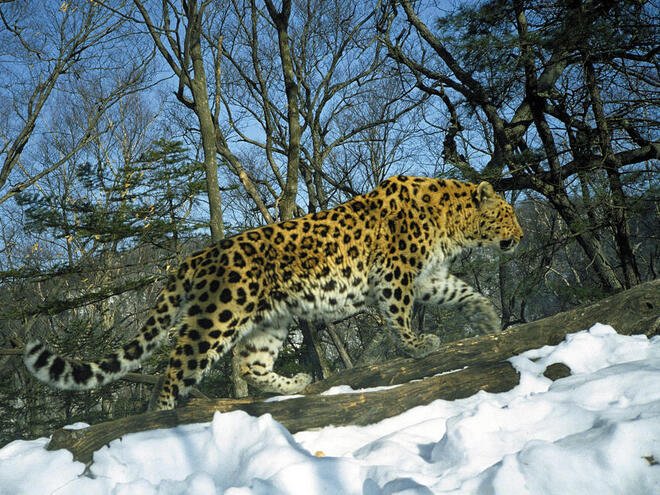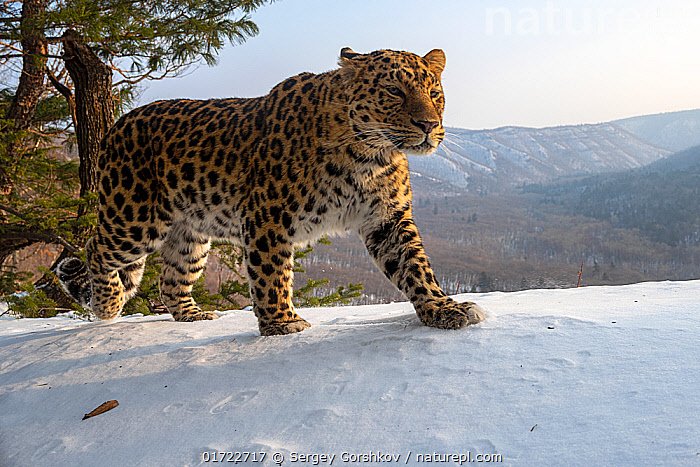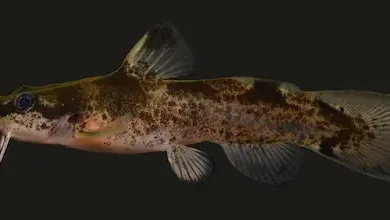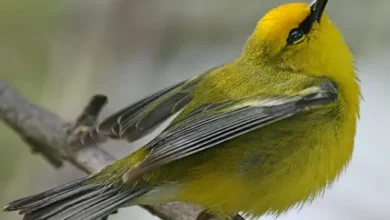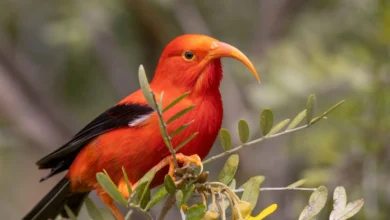Amur Leopard (Panthera pardus orientalis)
Origins, Ecology, Habitat, Diet, Social Behaviour & Conservation Crisis
Introduction
The Amur leopard (Panthera pardus orientalis) is one of the world’s rarest and most endangered big cat subspecies. Adapted to endure harsh winter climates, these leopards reside in temperate forests along the Russian Far East and northeastern China. Though conservation efforts have led to a modest increase in wild numbers, with roughly 80–100 individuals remaining, they are still classified as Critically Endangered by the IUCN, facing ongoing threats such as habitat loss, poaching, prey depletion, and inbreeding.
This article presents a comprehensive exploration of the Amur leopard’s evolutionary origin, physical adaptations, spatial and social behavior, diet, geographic distribution, and the conservation challenges that push it toward extinction—and what is being done to save it.
Origins & Evolution
Taxonomy and Lineage
The Amur leopard is a distinct subspecies of Panthera pardus, recognized as P. p. orientalis, sometimes also called the Far Eastern leopard, Manchurian leopard, or Korean leopard. Genetic studies highlight extremely low genetic diversity in this subspecies—among the lowest of all leopard types—due to severe population bottlenecks that occurred in the 20th century.
Adaptations to Cold Climates
To survive the cold winters of the Amur River Basin, these leopards have developed thick dense fur extending up to 7.5 cm in winter, paler hues for camouflage in snow, and widely spaced dark-edged rosettes distinct from other leopard subspecies. They also possess large, wide paws functioning like snowshoes, enabling silent movement across snowy terrain.
Physical Description & Lifespan
-
Size & Weight: Males typically weigh between 32–48 kg (up to 75 kg), while females weigh 25–43 kg.
-
Dimensions: Shoulder height around 63–78 cm; body length (excluding tail) about 110–140 cm; tail up to 90 cm long.
-
Longevity: In the wild, average lifespan is 10–15 years; in captivity, individuals have reached up to 20+ years.
Habitat & Geographic Distribution
Historical Range
Historically widespread across the Russian Far East, northeastern China, and possibly the Korean Peninsula. Today, wild populations occupy only a small, fragmented region around the China–Russia border.
Current Core Habitat
The Land of the Leopard National Park in Primorsky Krai, Russia, established in 2012, encompasses nearly 2,799 km² of critical Amur leopard habitat. A small population—roughly 10–12 wild individuals—is also found in northeastern China, within the Hunchun Nature Reserve area.
Habitat Characteristics
These leopards prefer temperate broadleaf and mixed forests, rugged terrain with valley slopes, ravines, and dense tree cover. The climate features long, cold winters and short mild summers.
Social Behaviour & Territoriality
-
Solitary Nature: Amur leopards are primarily solitary and territorial, except during mating or when a female raises cubs.
-
Territory Size: Male territories can range from 50 to over 200 km², overlapping with the territories of multiple females.
-
Courtship and Mating: Occasionally, a male may stay with the female post-mating and assist with cub rearing—a rare behavior among leopards.
Diet & Hunting
Prey Species
Primary prey includes roe deer, sika deer, wild boar, hare, badgers, and occasionally small birds and rodents.
Hunting Techniques
Nocturnal and stealth hunters, Amur leopards rely on ambush tactics, creeping close before a burst of speed to seize prey. They often hoist kills into trees to protect them from scavengers.
Competition for Prey
Livestock grazing by humans depletes prey species and displaces them. There is also competition with Amur tigers, especially as habitat shrinks.
Reproduction & Cubs
-
Females reach sexual maturity around 2–3 years old, with gestation lasting 90–105 days.
-
Litters usually consist of 1–4 cubs, who stay with their mother for about 18–24 months.
-
Wild cub survival rates are low due to predation, prey shortages, and human disturbance.
Threats & Decline
Poaching & Illegal Trade
Poaching for fur and body parts has been a major factor in population decline. Trade is banned under CITES Appendix I, but illegal trafficking continues.
Habitat Loss & Fragmentation
Deforestation, logging, infrastructure development, and human-set fires degrade and fragment their habitat.
Decline in Prey Availability
Hunting and livestock grazing reduce populations of natural prey like roe deer and sika deer.
Inbreeding & Genetic Bottleneck
A small population size has led to high inbreeding, increasing risks of congenital issues and reduced survival.
Climate Change & Future Habitat Shrinkage
Climate change could alter forest structure and reduce snow cover, making adaptation harder due to low genetic diversity.
Conservation: Efforts & Progress
Protected Areas & Habitat Management
The Land of the Leopard National Park protects most breeding habitat. Other nature reserves also contribute.
Anti‑Poaching & Monitoring
Patrols, camera traps, and monitoring help track leopards and reduce poaching.
International Coordination & Organizations
Groups like the Amur Leopard and Tiger Alliance (ALTA) and Phoenix Fund support conservation through funding, advocacy, and local engagement.
Breeding & Reintroduction Programs
Over 200 individuals live in captivity under managed breeding programs. Plans for reintroduction are being developed.
Prey Base Restoration & Community Engagement
Efforts focus on replenishing prey populations and raising awareness in local communities.
Evidence of Recovery
Wild numbers increased from about 35 in 2007 to around 100 by 2019, reflecting successful protection efforts.

